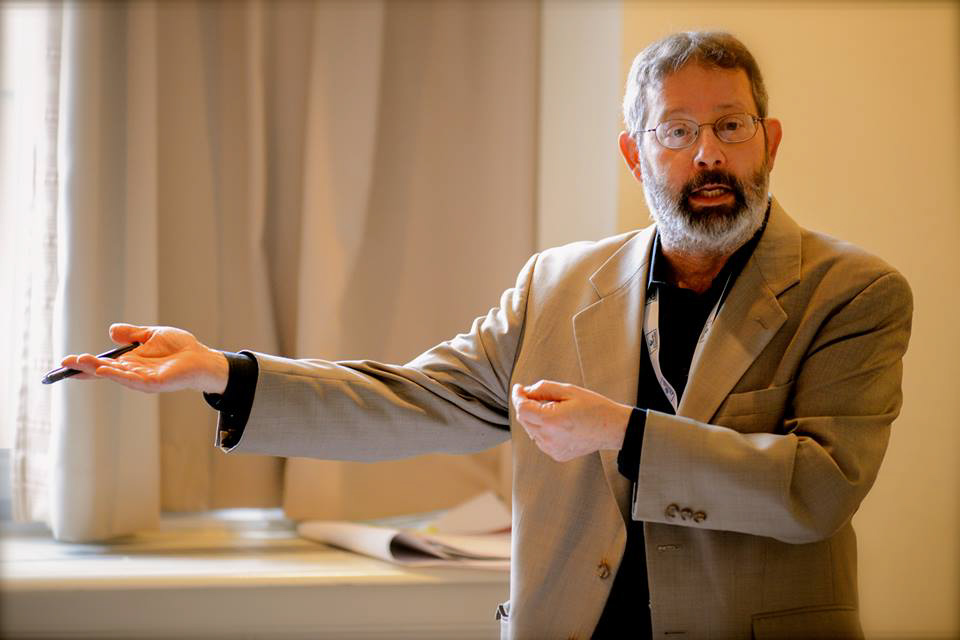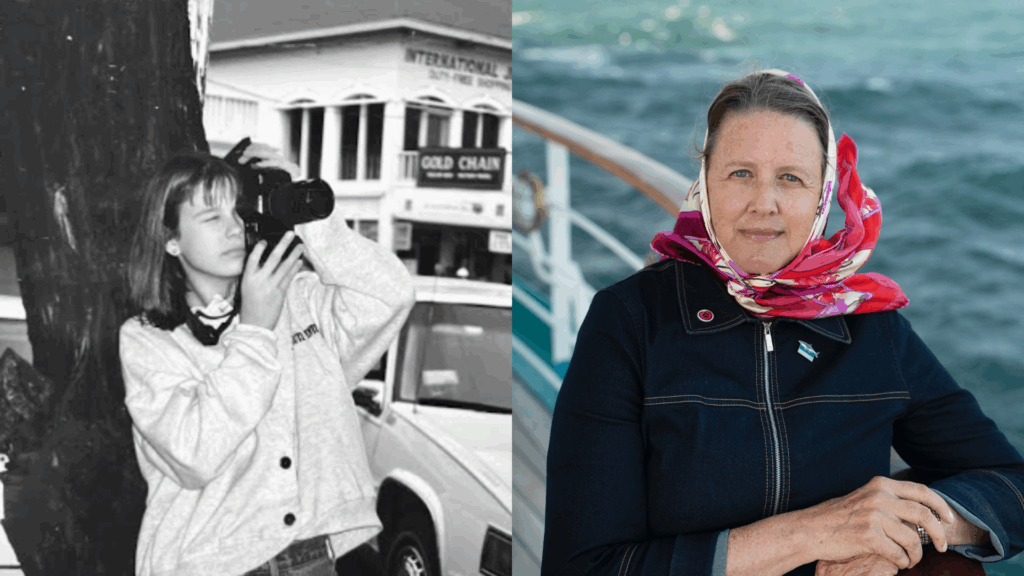
In Japan, it is said that if you fold 1000 paper cranes your wishes will come true…

On August 6, 1945, the United States Military dropped an atomic bomb on the Japanese City of Hiroshima, marking the first ever use of a nuclear weapon for war in history.
Two-year-old Sadako Sasaki was about one mile from the explosion, and miraculously escaped with no visible injuries. Nine years later, Sadako started to show symptoms of an illness. Months later, she was diagnosed with leukemia that was a result of the radiation from the atomic bomb.
While in the hospital receiving treatment for the leukemia, Sadako’s friend brought her a gold piece of paper and told of the ancient Japanese story that anyone who folds one thousand paper origami cranes is granted a wish. Wishing to get healthy, Sadako started folding. She continued to fold cranes until her death on October 25, 1955.
After her death, Sadako’s friends continued to fold the cranes to honor her life and spread the prayer for peace. A campaign began to build a monument for all of the children that lost their life as a result of the atomic bomb, and three years later the Children’s Peace Monument was opened in the middle of Hiroshima Peace Park. Sadako’s birthday, August 6, has been designated as annual Peace Day in Japan.

Sadako Sasaki has become a symbol of peace in Japan and her story is told throughout the world. The Children’s Peace Monument receives about 10 million paper cranes each year from children worldwide after hearing Sadako’s story. In addition to receiving cranes at the monument each year, the Sasaki family has sent some of Sadako’s original cranes to sites throughout the world such as Pearl Harbor, the World Trade Center Tribute in New York, and the Austrian Study Center for Peace and Conflict Resolution. The cranes are a physical reminder of the message of the park, which is inscribed at the base of Sadako’s statue: “This is our cry. This is our prayer. Peace in the world.”




